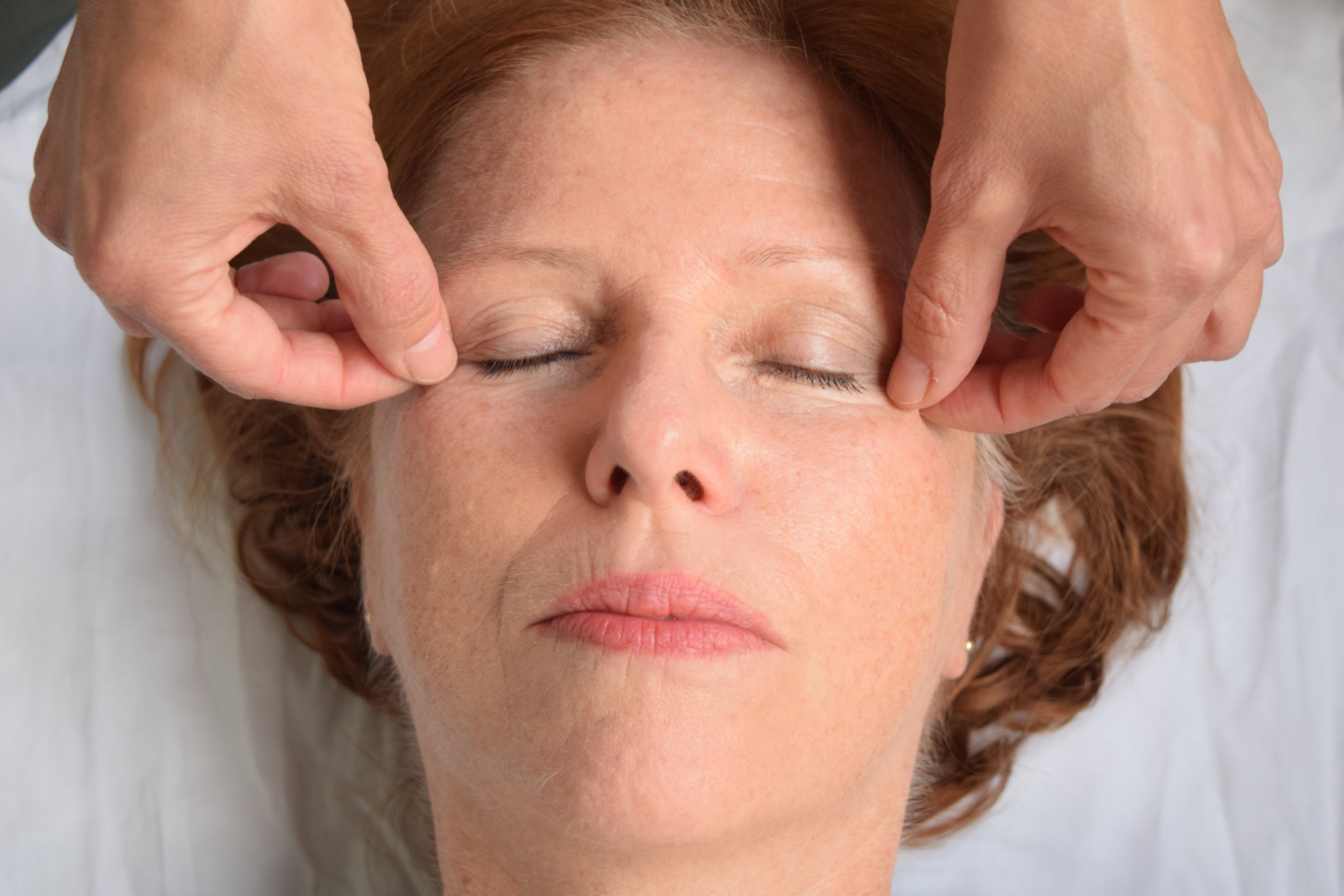6 Special Traits of the Paula Method
1. Holism
The Paula Method is unique in that it is based on the knowledge and understanding of a special biological system of muscles in the body called ring muscles (also known as sphincters).
Different ring muscles affect the functions of organs and bodily systems. The understanding of the relationships between the ring muscles in the body and the influence they have on one another allows Paula Method practitioners to address physical problems indirectly. That is, we can activate a location in the body to treat another area. For example, a digestive problem can be addressed by activating the ring muscles in the eyes or the mouth. This is an advantage when the person is in pain because we do not have to treat that specific area to achieve results. This is also the case when a certain area is weak or even paralyzed. Moreover, while focusing on one issue in the body, other issues may be resolved in the process. In this sense, the Paula Method is truly a holistic approach to healing.
2. Trust
We trust that the body knows best. Based on this trust, we let our students’ bodies express themselves. We believe that the body knows better than the brain and better than the teacher. Relying on this trust, we help our students connect to their own bodies and gain confidence in trusting their cues. We are trained to observe and focus on what the body does and how it responds to the exercises, and we communicate this to our students as they are learning to experience it. We take the role of mediators between two strangers who are learning to trust each other and work in harmonious collaboration. Once this collaboration is established, we take a step back. Our students’ success is their success. We want to help them get there through gaining complete independence in overseeing their own health.
3. Breath
Although breathing is central to the Paula Method, we don’t teach it explicitly. We don’t analyze it or instruct how to do it. We simply observe it. The method’s exercises, gentle and subtle as they may seem, are highly effective and always encourage the body to re balance itself. The right exercise activates the natural rhythm without any cognitive intervention. This approach may seem odd to new students who come with the expectation that they will be told when to inhale or exhale and are looking for the logic behind it. This is due to the assumption that only experts can teach correct breathing. With the Paula Method, we trust that every one of us can regain the innate ability to breathe effortlessly and harmoniously through our daily movements without explicit instructions.
4. Independence
We believe that healing is a spontaneous process. We encourage our students to be independent from the moment they walk in the door of our studios. Some students allow their bodies to express themselves freely; others need more guidance and support. In both cases, we want to give our students the tools to do the work independently from us. We ask them to write down their own instructions and encourage them to document their observations. They oversee their progress and development. We only offer exercises that will awaken the natural healing movement and guide our students to let it run its course.
5. Minimalism
The Paula Method is minimalist in its use of exercises and words. Exercise names are usually the only instructions we give. We believe that the less we instruct, the more we allow the body to direct its own work. The body’s own expression is what we’re looking for; therefore, we try to interfere as little as possible. For this reason, we offer a limited number of new exercises each lesson. Teaching new exercises is not the most important point. We do them to initiate reaction in the body. Once the body responds and begins to activate itself, we prefer to give it the center of our attention, without interrupting the natural flow.
6. Precision
Precision may sound contrary to the spirit of the Paula Method. New students tend to ask many questions regarding precision. They wish to perform an exercise correctly; and because we give minimal instructions, they try to get a clearer understanding of the right way to do so. Should I hold my body this way? Is this the right pace? Am I doing it gently/strongly enough? Usually the answer will be: Try it and see what works best for you. This is because we’re looking for a different kind of precision. We want people to connect with their bodies’ individual needs and external instructions distract from this process. The less we interfere, the more we allow for spontaneous movement, which gives both student and practitioner important information about the body and its needs. This work from the session helps students gain confidence and independence.






